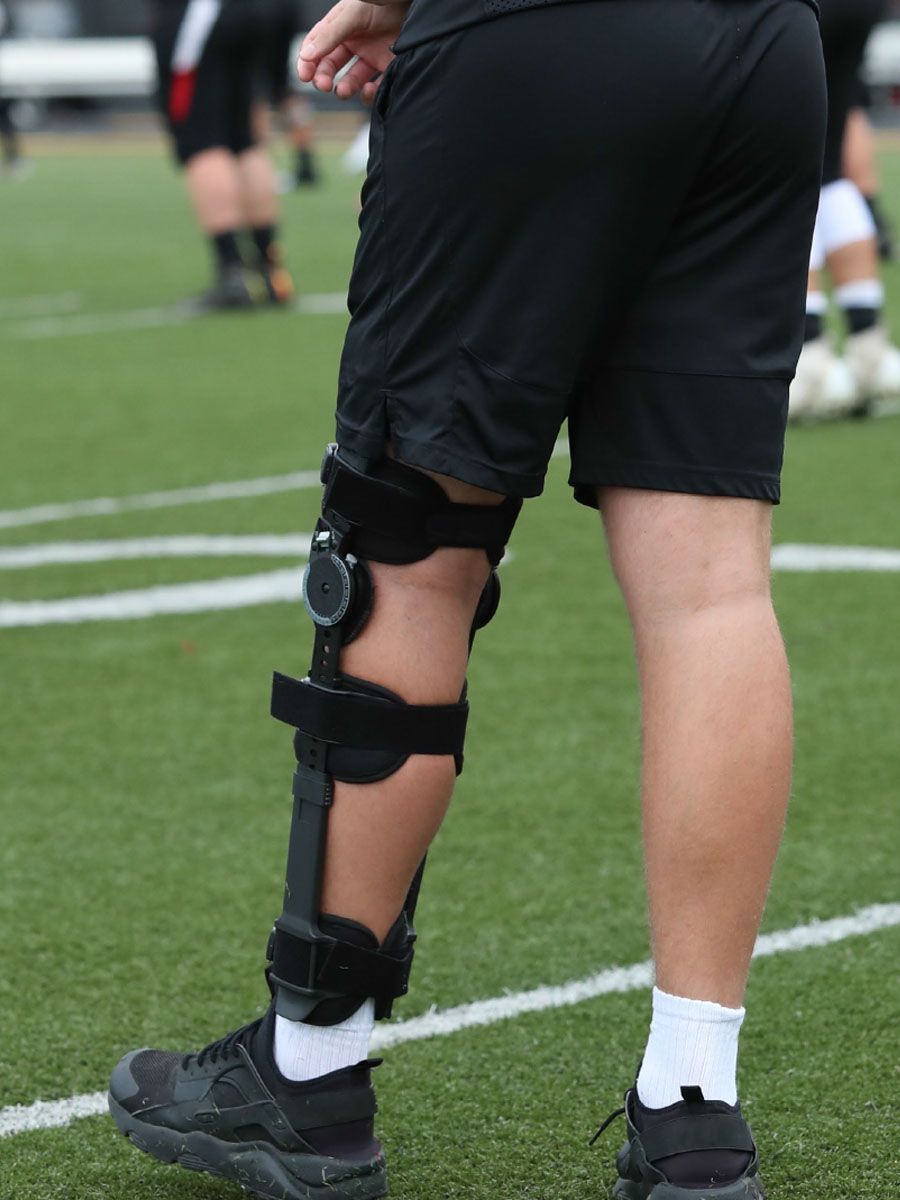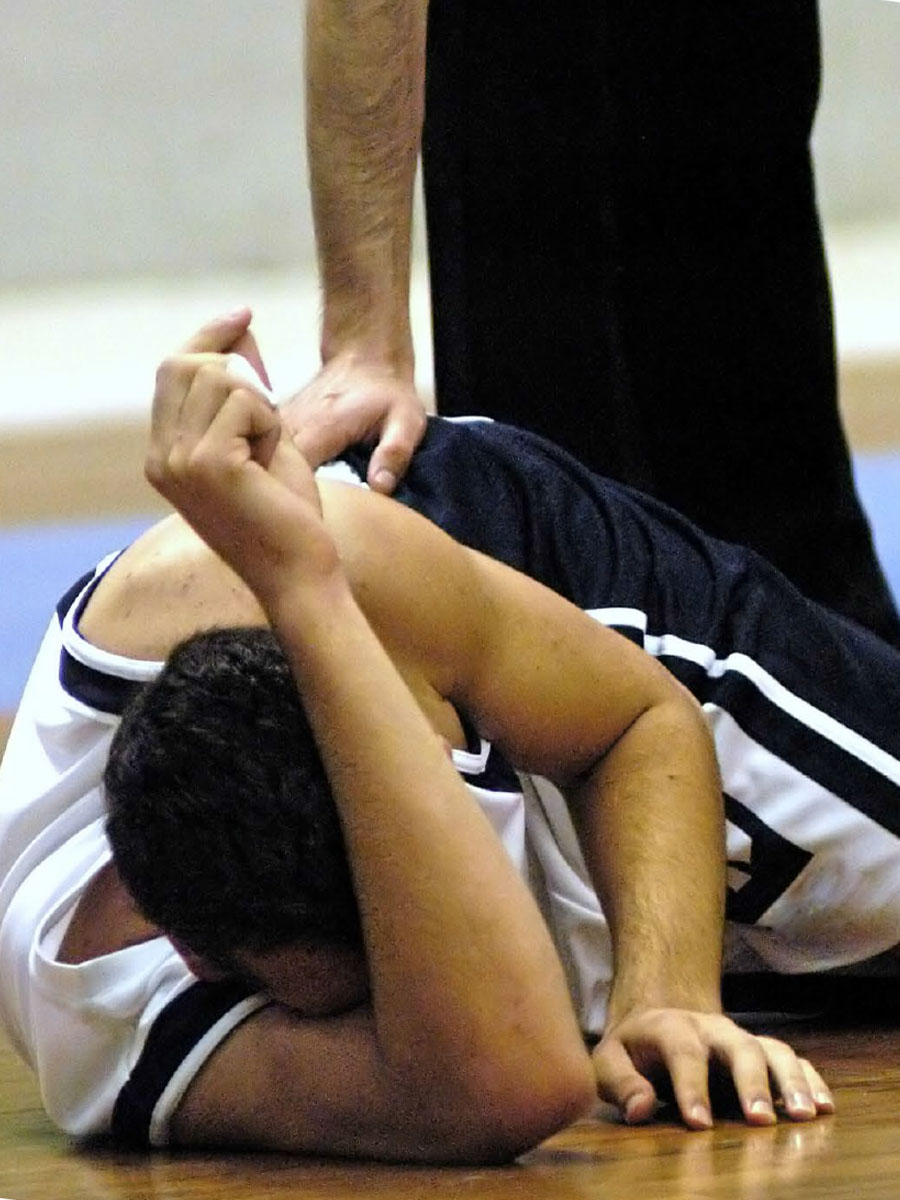ATHLETIC INJURIES
The situation is all too familiar for student athletes in Fremont County and beyond. Check in for the game, go up for a layup, hear the pop and feel searing pain. While the student athlete’s season may be over, the real danger may be lurking in the recovery.
According to the Athletic Training Association (NATA), 90% of student athletes report sustaining some sort of sports-related injury. With an eye popping 54% reporting they play while injured. Sadly, for a host of reasons, sports-related injuries are increasingly leaving our youth at risk of exposure to opioid-based pain medication.



HOW TO HELP
Helping an injured athlete includes supporting the mind, body, and soul.
Some suggestions include:
Provide alternative outlets and activities
Monitor medication and substance use
Support proper rehabilitation efforts
Seek professional medical evaluation and treatment for injury
Limit use of injured arm, leg, etc. to avoid pain and misuse of medication
Communicate and discuss feelings such as abandonment, isolation, depression, and loss of identity
SOCIAL SUPPORT
An athletic injury frequently has profound negative consequences on the physical health of an athlete and can also cause a great deal of psychological distress—evoking anger, depression, anxiety, tension, fear, and lower self-esteem. Mood disturbances are especially apparent among competitive athletes who are seriously injured. Such functional loss, or the inability to continue team participation, can be devastating and cause difficulties in coping with the injury—cognitively, emotionally, and behaviorally.
MEDICATION USE
Always ensure that you consult a doctor prior to your youth taking medication, especially high-powered, opioid-based painkillers. The odds they'll still be on opioids a year after starting a short course increase after only five days.
If an athlete, or anyone else in your home, is prescribed and needs medication ensure:
- All medications are properly stored in a safe, secure, and hidden location. Medicine cabinets in bathrooms are not a good storage location due to high visibility and frequent access.
- Monitor medication amounts and ensure it is being taken in accordance with the prescribed plan.
- Safely dispose of all medication once no longer needed. Inquire on local drop-off location.